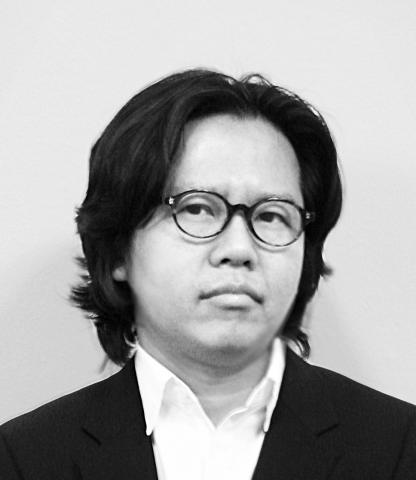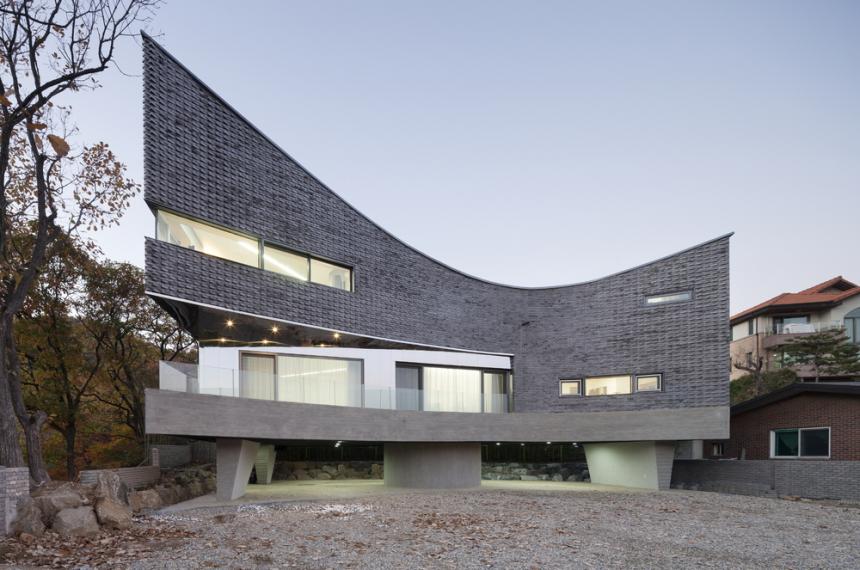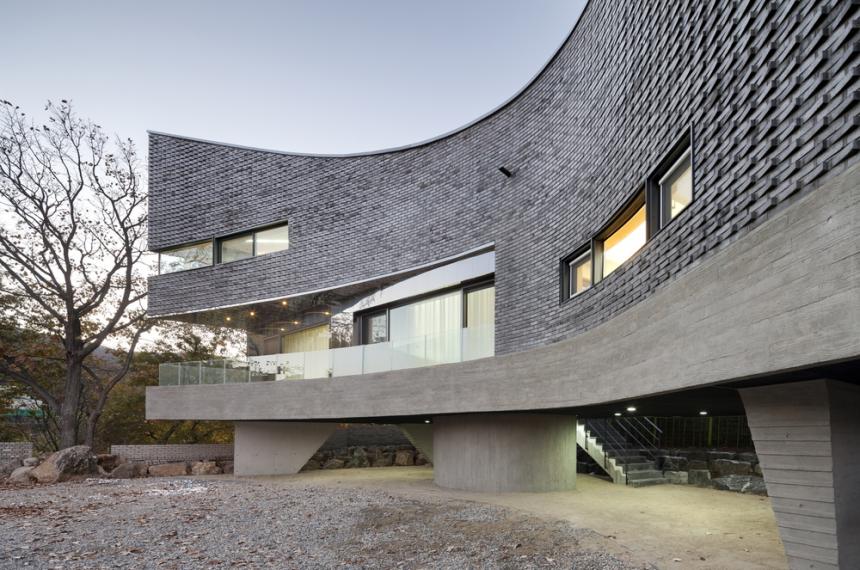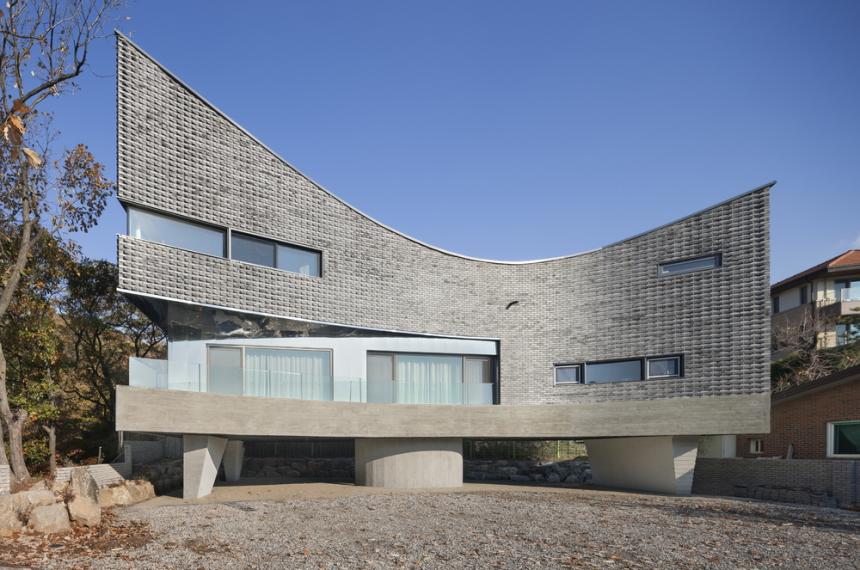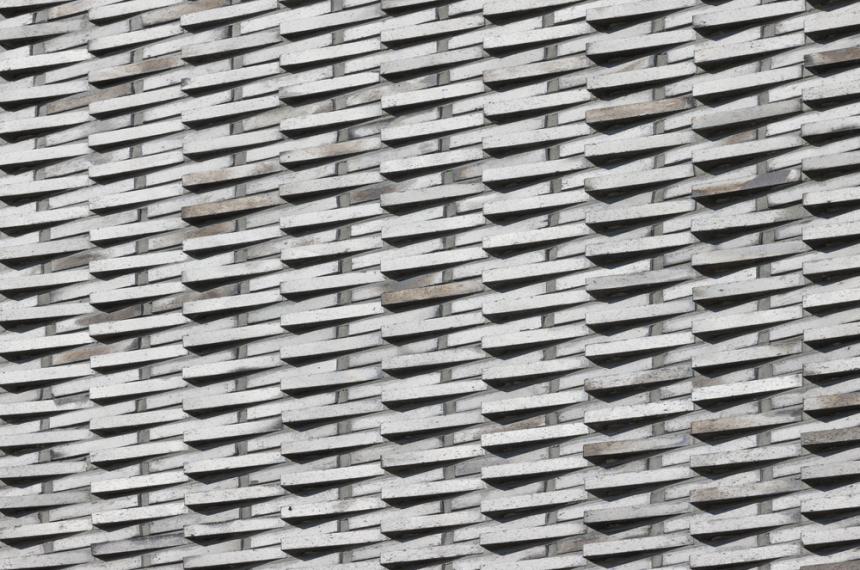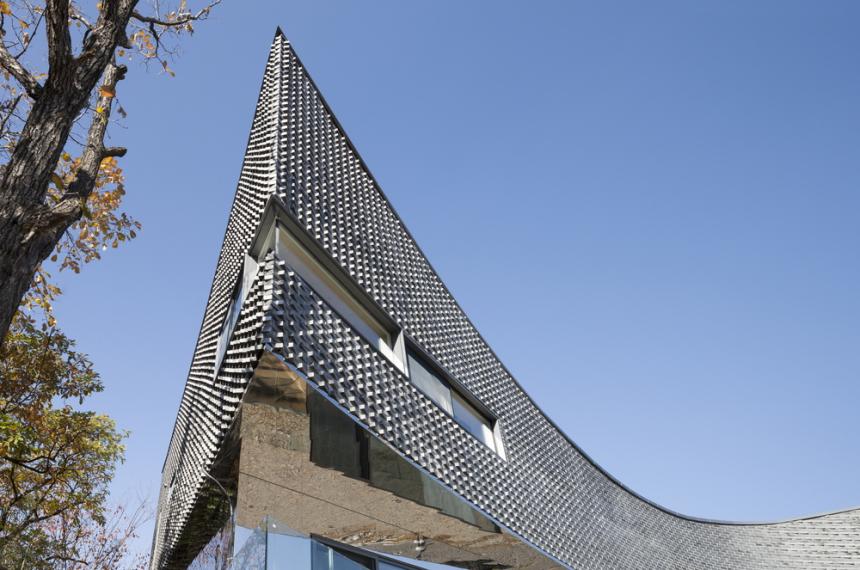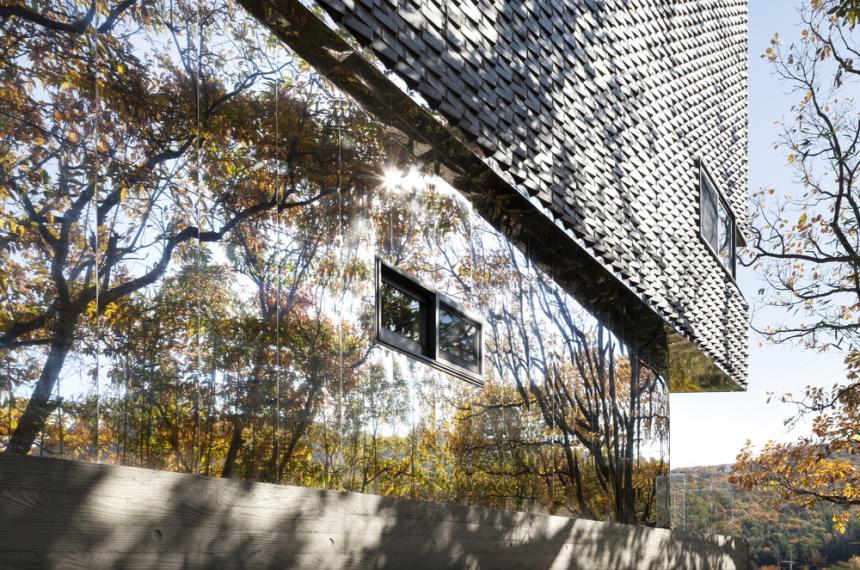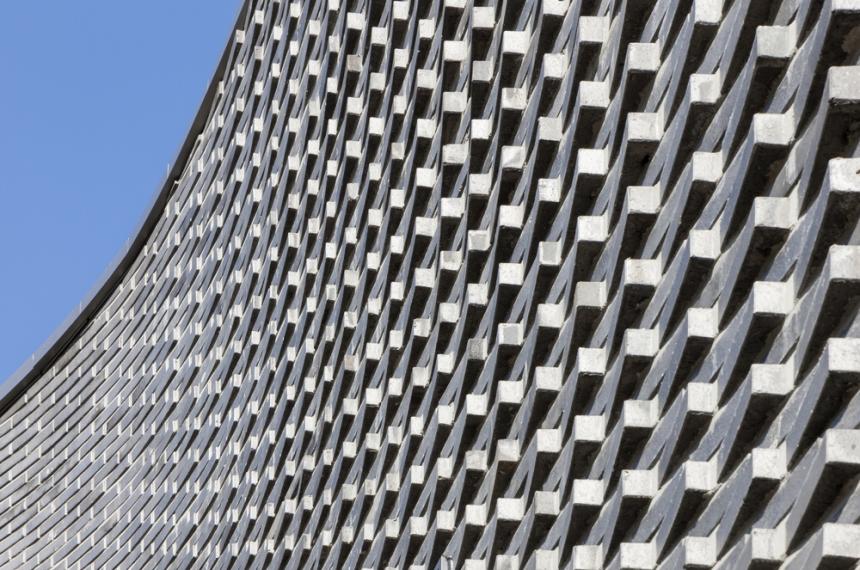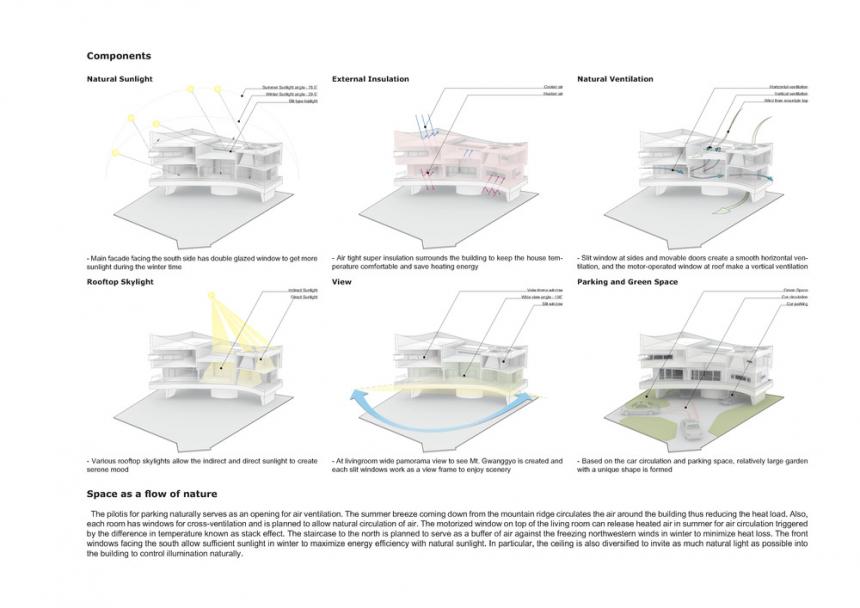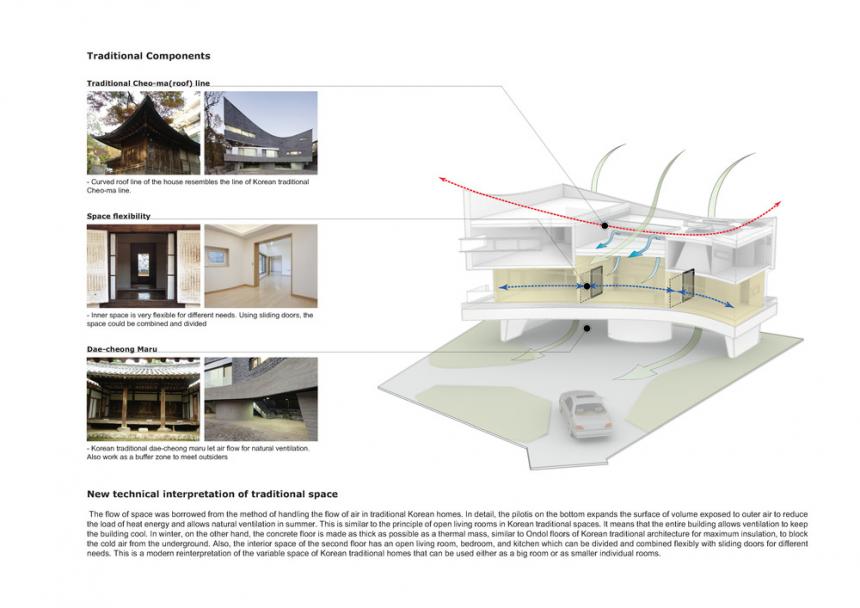Lee Jeonghoon
B.A. Architecture and Philosophy. SungKyunKwan University, South Korea D.E.S.S (M.A.) Architectural materials, Nancy school of architecture, France C.E.A (M.A.) Architectural theory, Paris Lavillette school of architecture, France D.P.L.G. A qualified architect , Paris Lavillette school of architecture, France Shigeru Ban Architects Europe office, Paris, France / Agence Moatti et Riviere, Paris, France / Zaha Hadid Architects, London, UK / Korean National Government scholarship : Department of architecture, 2003~2006 With honour, D.P.L.G Diploma, Paris Lavillette school of architecture, 2007 subject : « A study on the design methodology using the method of subtraction » Merit Award, JeonGok Prehistory Museum International Design Competition (UIA), 2006 17finalists, Prague National Library International Design Competition (UIA), 2006 Excellent Award, National Museum of Contemporary Arts In Seoul International Design Competition, 2010 Korean Young Architects Award, Minister of Culture, Sports and Tourism. the government of Korea, 2010 Design Director, School renovation project, Minister of Culture, Sports and Tourism, 2011 Seoul Metropolitan government public architect, Seoul Metropolitan government, 2011 "Design Vanguard Award 2013" , Architectural Record, USA, 2013
JOHO Architecture is based in Seoul, set up by Jeonghoon Lee in 2009. Not only, Mr. Lee won the 2010 Korea Young Architect Awards given by Minister of Culture, Sports and Tourism of Korea government for his representative work, “Herma Parking Building”. Most recently, JOHO Architecture, Jeong Hoon LEE, was awarded as one of the world’s top ten emerging architecture firms by Architectural Record’s Design Vanguard 2013. The Curving House, one of the recent project was published in many world magazine. Namhae Choe-ma House, and Herma Parking Building are the major works and also JOHO Architecture is working on several projects as a most spotlighted young architect and studio at Korea. JOHO Architecture makes an attempt to reinterpret the Korean traditional spaces through various patterns and repetitive units composed of easily affordable raw materials that can be commonly found. Especially, Mr.Lee tries to pursuit a new Korean topographical features and identity based on form and façade that harmonize with site context.
